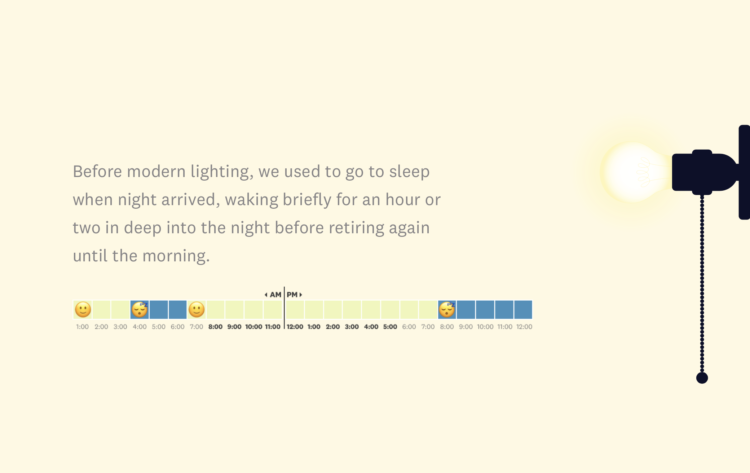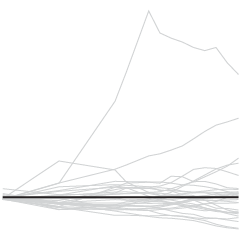Reuters looked at how seven main strains of the virus evolved around the world:
The analysis shows there are currently seven main strains of the virus. The original strain, detected in the Chinese city of Wuhan in December 2019, is the L strain. The virus then mutated into the S strain at the beginning of 2020. That was followed by V and G strains. Strain G mutated yet further into strains GR, GH and GV. Several other infrequent mutations were collectively grouped together as strain O.
It’s interesting to see the continent multiples. Different approaches to the pandemic led to different rates of mutations and a different spread of strains.
















 Talking about the effectiveness of masks on TikTok,
Talking about the effectiveness of masks on TikTok, 
 Visualize This: The FlowingData Guide to Design, Visualization, and Statistics (2nd Edition)
Visualize This: The FlowingData Guide to Design, Visualization, and Statistics (2nd Edition)










